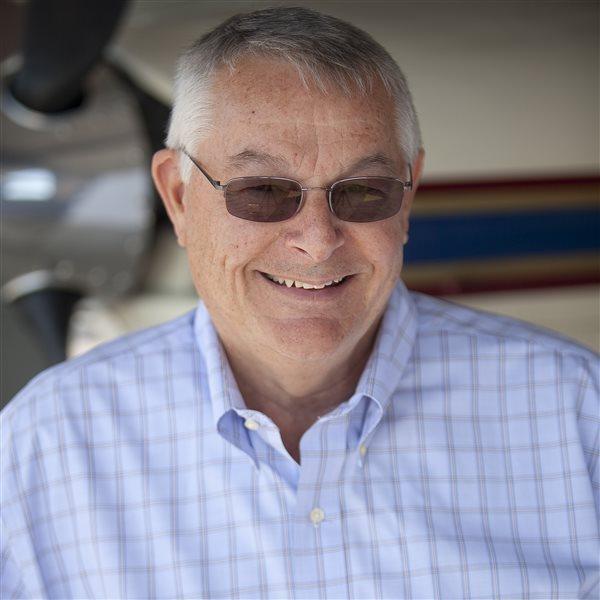"You haven't lived until you've put a seat belt on a naked man," says Tim Johnson, an Arlington, Washington, pilot who has lived through that experience in the jungles of Brazil. The adventure occurred in the 1960s after Johnson, now 65, started his first job as a pilot and mechanic for a missionary group. That group, Wycliffe's Jungle Aviation and Radio Service (JAARS; see " Short Runways: How the Pros Do It," August Pilot), sent him to the Xingu ( sheen' goo) National Park in central Brazil where missionaries were studying indigenous languages so that the Bible could be translated.
In the past, diamond hunters and gold prospectors wanted the resources of central Brazil but didn't want interference from the natives — so they killed them. Many tribes hated outsiders because there appeared to be none they could trust. They pulled back into the jungle and killed outsiders who came around them. The missionaries who were trying to help the tribes didn't know how to bridge that gulf of trust. To open peaceful contact, government officials decided to have Johnson locate the tribes from the air and drop aluminum pots to try to establish a friendly relationship. On one of the flights Johnson located a field that could be burned off that day and used later as a makeshift landing site. The landing went well, with Johnson barely missing one of the large termite mounds hidden in the grass.
On the next flight, Johnson brought in, among others, Leopold, the king of Belgium from 1934 to 1944, who was roaming the world collecting artifacts for the royal museum. Johnson thought the natives might be willing to trade for the pots and supplies that had previously fallen from the sky free of charge. As he predicted, commerce flourished. Before long the officials and their Belgian guest were busy trading pots for weapons.
As trading continued, two warriors — both smeared with smelly, sticky Uracu ( ooo rah coo) berries — wanted to go for a ride. (The berries are used as decoration and are a natural bug repellent.)
"So I put them in the airplane, and I'm buckling the seat belt on these guys when it dawns on me what I am doing. Of course, they are naked, so they are smearing this stuff all over the seat. It turned out to be an incredible thing to clean up later," Johnson said.
When he flew over their village the warriors thought it was the home of their enemies and Johnson was delivering them to be killed. "I'm setting up for a landing, and this big hand comes over mine on the throttle and starts squeezing. He about broke my hand."
Johnson couldn't land, so he powered up and climbed. He decided that he would take the warriors down to treetop level to show them that it was their village, after all, where he was landing. "I approached the village from different directions until I had the wheels in the trees. All of a sudden you could just see the tension break; they started laughing, and I landed."
Not all his flights as a missionary pilot were dangerous. Many involved transporting tribesmen to hospitals or carrying National Geographic photographers to tribal villages.
Johnson attributes his career choice to a trait that began in his youth: He likes to fix things. Johnson became an aircraft mechanic before he became a pilot. When he met his wife, he impressed her with his knowledge of sewing; he knew how to make a French fell seam and talked her into dates where she helped to sew fabric onto a wing.
He joined JAARS as a mechanic. He asked organization officials if they would give him time to qualify as a pilot before starting work. They agreed, but added that he would need a commercial certificate and 300 hours. Knowing he would be doing some of the most difficult flying in the world, he asked an instructor to make him the best pilot he could be. An instructor in El Monte, California, taught him from the first hour to hold altitude within 20 feet, to hold the angle of bank in turns to within a degree, and to hold airspeed within a knot or two. "I thought that was just the way everybody learned to fly."
Johnson now has 9,000 flying hours, including 2,000 hours in Helio Couriers, 2,000 hours in de Havilland Beavers mounted on floats, and 2,500 hours in GlaStars from his present work as a GlaStar and Glasair demo pilot.



